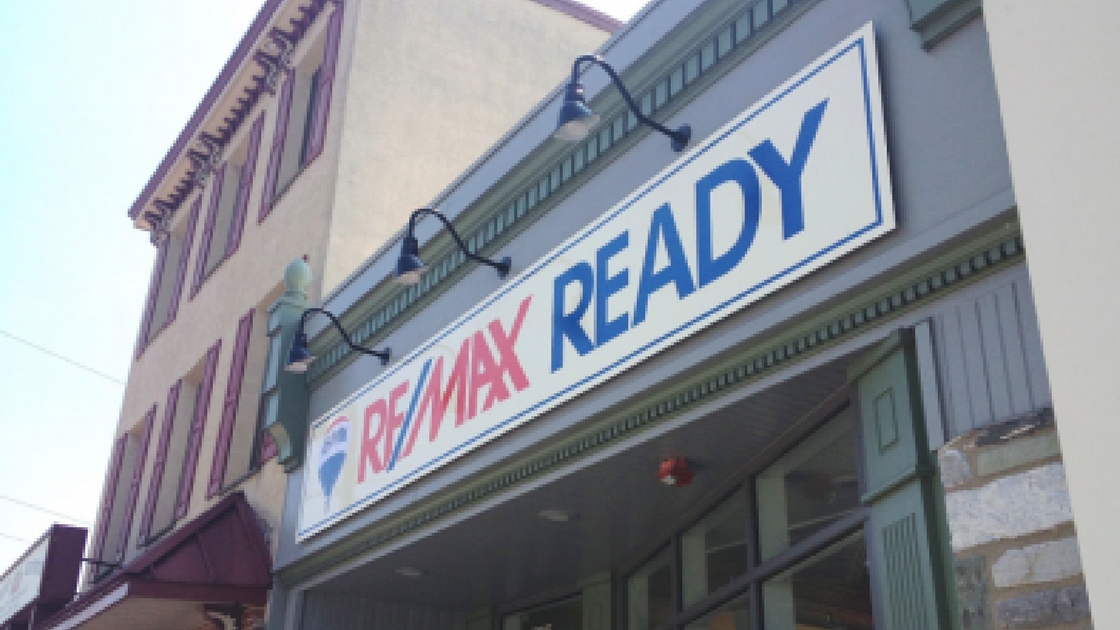Generally speaking, multi-family homes can be a great way to build supplemental income over the long-term. Unlike single family homes, renters of buildings generally provide enough income through cash flow to pay down mortgages and also cover on-going maintenance costs and repairs. But, aside from providing positive cash flow, finding the ideal property to maximize value can sometimes be a little tricky. Below are a few suggestions to consider before making an offer:
1. Unit Mix – What type of apartments are in the building? For the most part, apartment buildings consist of a mix of studio, one, two and three-bedroom apartments. But, you may want to make sure that your multi-family has a healthy balance of apartment types. I once saw a 6-unit property that had all studio apartments! And this is not to say that there is ‘the’ perfect combination, but just keep that in mind, if the units are all studios, you may have limited upside on rent increases over the years. What’s more, if some of the units are 3-bedrooms, you may want to consider which type of tenant could be in the market for that kind of space. Instead of a single person or young couple, a small family with young children may be interested, or maybe a set of undergraduates who are looking to rent the unit on a per bedroom basis. It just depends on your risk tolerance and what you are comfortable facing. Having a desirable unit mix can definitely help you down the road.
2. Utility Systems – How are the utilities set up throughout the building? Do all of the units have their own individual HVAC systems? Or is there a common gas-fired boiler in the basement providing hot water to all of the tenants? Who pays for that common hot water and gas?
I have actually run into this issue with a place in South Philly. There was a common furnace in the basement that provided hot air heating to all of the upstairs tenants. Every winter I dreaded opening my gas bill because it was usually double or triple the normal amount. Because I did not really consider this an issue ahead of time, I am now essentially stuck paying for heat for the entire building (womp!). I know other owners who have run into this same problem and have installed electric baseboard heating in each unit to offset the large heating bill. This of course is a capital intensive project but should pay off over the long run.
3. Placement/Location – Where a property is situated can make a difference. Is it near any public transit – perhaps a trolley or bus line? What side of the street is it on? The more and more urban that we become, the bigger public transit plays a role in determining where people want to live. And, while people will virtually live anywhere, it may be worth your time to learn about a property’s specific access and linkage. If you are debating between 2 properties, maybe the one with better public transportation options is the best choice. Or, if cars park on that side of the street, is that a downside?
I remember living in Brewerytown, which is a decent clip from Center City where I had to go for work. There was no direct bus route and walking took about 40 minutes. However, there happened to be a bike share station at the adjacent corner. I was able to swipe my bike fob, hop on an Indego, and cruise down the Schuylkill River Trail into Center City within half the time of public transportation or walking. Sometimes these small details can make a big difference through the lens of a potential renter.
Written by Ben Finelli, RE/MAX Ready

